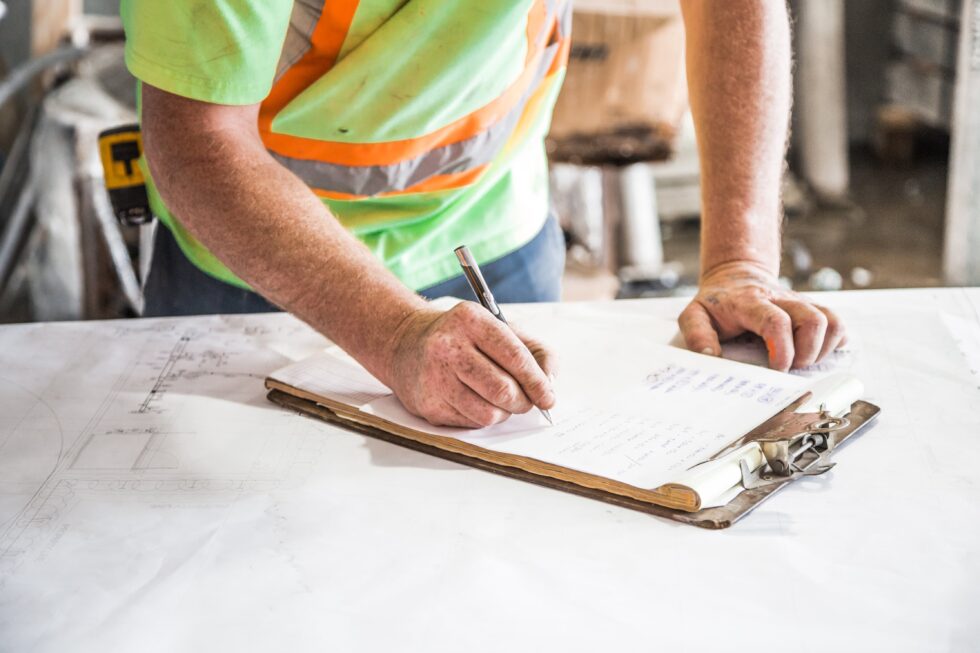Retrospective Appraisals
Retrospective Appraisals determine the value of a property at a specific point in the past, rather than its current value. This type of appraisal is often used in legal cases, estate settlements, tax disputes, or divorce proceedings, where the value of the property needs to be established for a previous date. The appraiser researches the market conditions, sales data, and property specifics from that time to deliver an accurate appraisal of the property’s value at the chosen date. Retrospective appraisals are crucial for determining historical property values that align with specific legal or financial events.
When Are Retrospective Appraisals Needed?
There are many situations where a retrospective appraisal is necessary. One of the most common is during estate and probate proceedings, where a date-of-death value is required. They’re also often used in divorce settlements, when assets must be divided based on their value at the time of separation or filing. Other scenarios include bankruptcy cases, tax appeals, insurance claims, and legal disputes involving past property values. Even real estate investors and accountants may request retrospective appraisals for financial reporting or audit purposes.

How Retrospective Appraisals Work
To complete a retrospective appraisal, the appraiser collects market data relevant to the chosen date, such as comparable sales, listings, and economic indicators from that period. The appraiser does not consider any changes in the property’s condition or the market after the effective date. For example, if a property was appraised retrospectively as of January 1, 2020, the appraiser uses only the data that was available on or before that date—ignoring anything that occurred afterward, such as renovations, price increases, or market crashes.

Importance of Historical Accuracy
Retrospective appraisals require a high level of accuracy and objectivity, as they often serve as legal evidence or support for financial filings. The appraiser must understand the historical context, including real estate trends, interest rates, and economic conditions of the period in question. A well-prepared retrospective appraisal ensures that stakeholders—whether heirs, divorcing parties, or legal professionals—have a clear, defensible understanding of what a property was worth at a specific time in the past.

Who Performs Retrospective Appraisals?
Licensed or certified real estate appraisers with experience in retrospective analysis are typically called upon to perform these appraisals. They must adhere to the Uniform Standards of Professional Appraisal Practice (USPAP) and clearly indicate that the report is retrospective, including both the effective date (past date of valuation) and the report date (when the appraisal was conducted). The appraisal should also include historical comparables and market analysis that support the final value conclusion.

Conclusion
Retrospective appraisals play a vital role in situations where past property values must be established for legal, tax, or financial purposes. By focusing on a specific point in time and using relevant historical data, these appraisals provide clarity, fairness, and compliance in complex cases. Whether you’re dealing with probate, divorce, litigation, or tax planning, a professional retrospective appraisal offers the documentation and insight needed to move forward with confidence.
